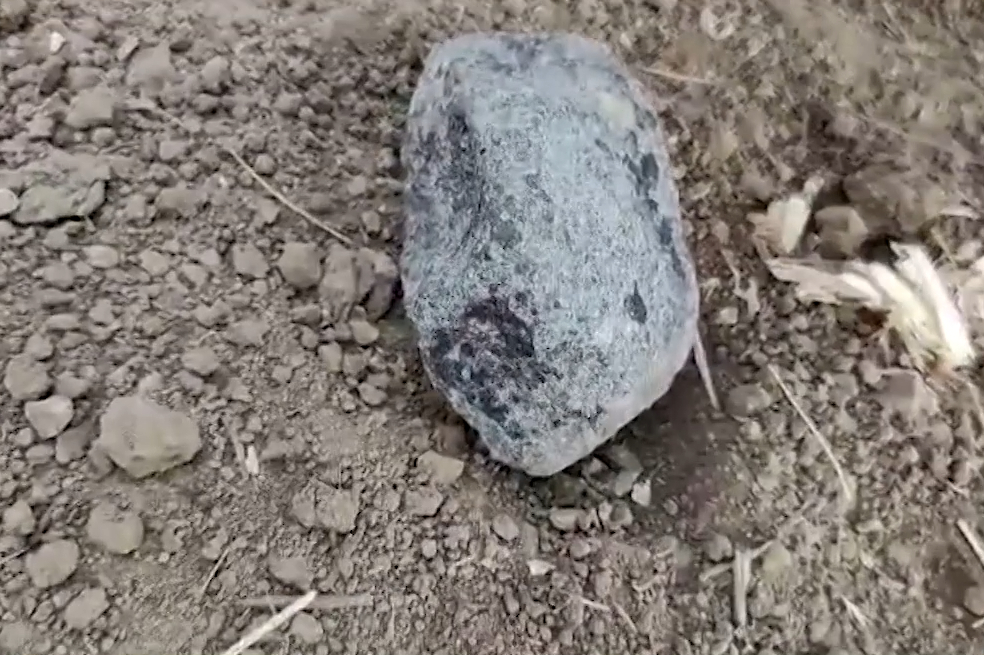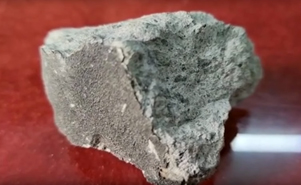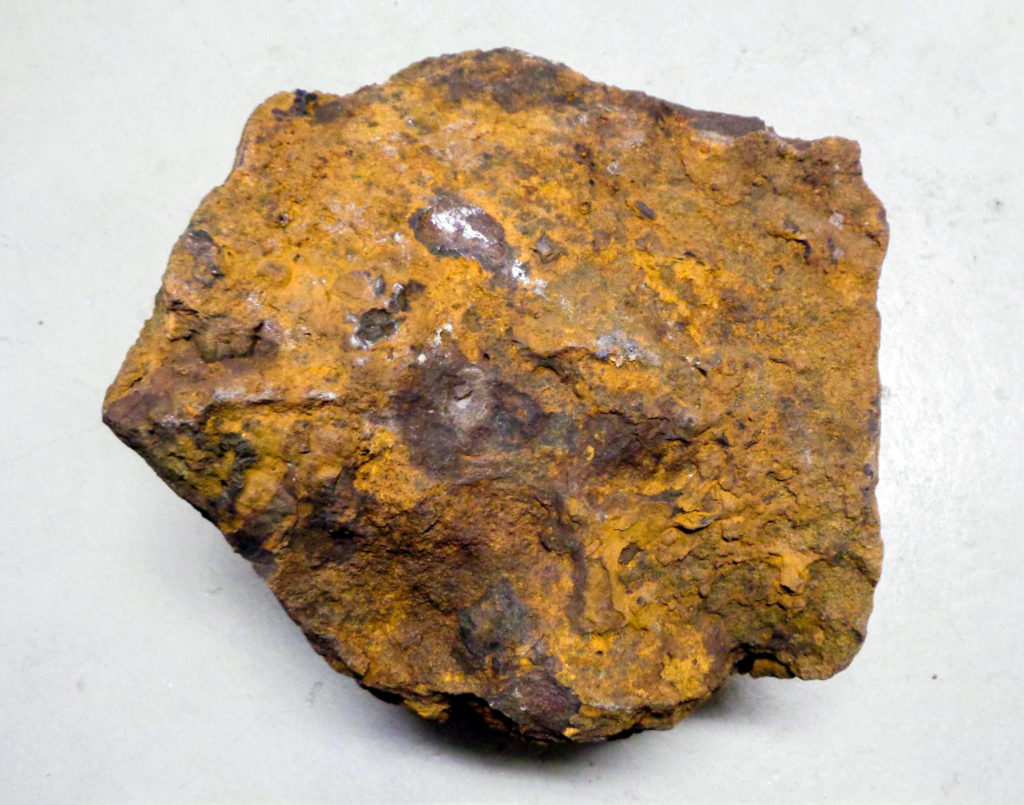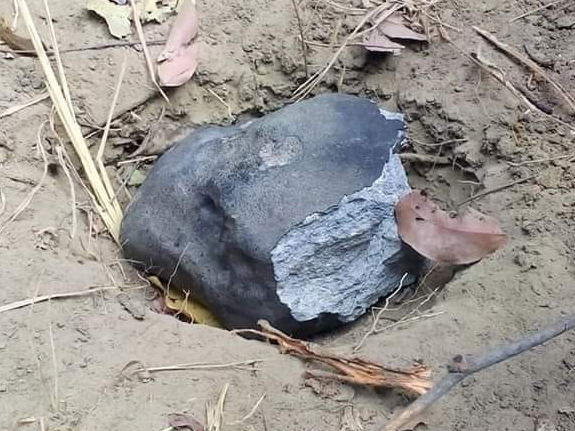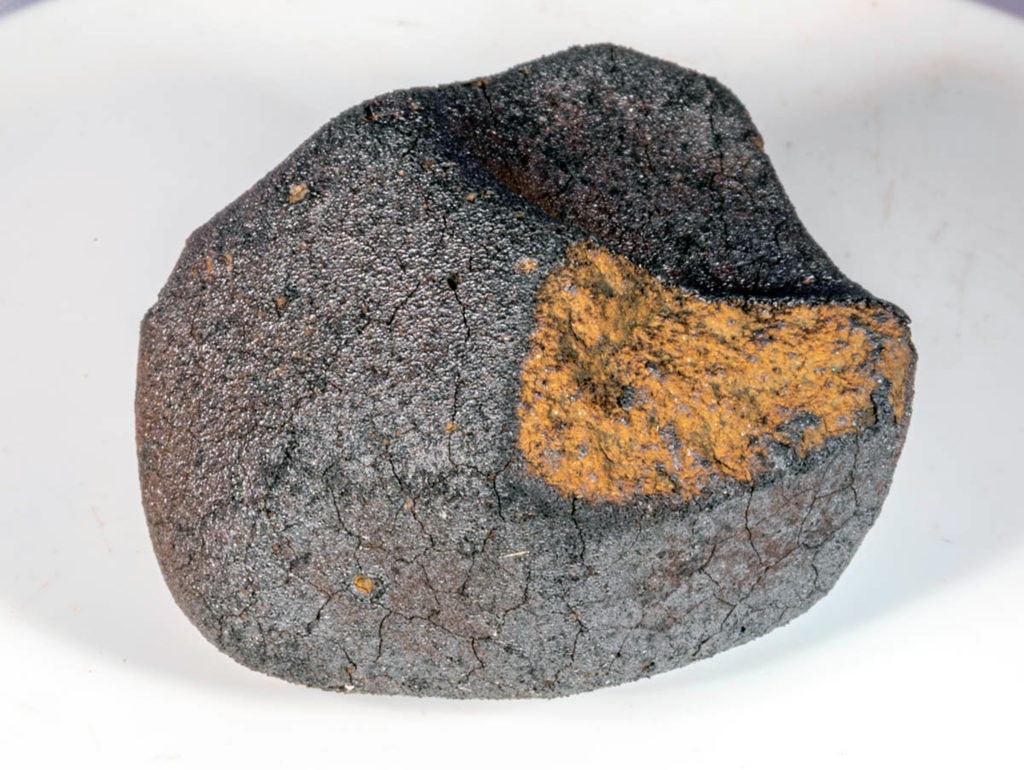Rapid protoplanet formation in the outer Solar System recorded in a dunite from the carbonaceous chondrite reservoirOPEN ACCESS
B. G. Rider-Stokes, X. Zhao, S. L. Jackson, M. D. Suttle, I. A. Franchi, L. F. White, R. C. Greenwood, M. J. Whitehouse, L. Riches, M. Anand, B. Hoefnagels & M. M. Grady
Communications Earth & Environment, Volume 6, Article number: 524
LINK (OPEN ACCESS)
PDF (OPEN ACCESS)
“Constraining the timing of accretion, differentiation, and breakup of early-formed protoplanets helps to unravel the Solar System’s evolution. The recent discovery of the oldest crustal material, Erg Chech 002, has provided important constraints on the timing of accretion and magmatism in the inner Solar System. Based on the age discrepancies of iron meteorites and basalts from the inner and outer Solar System reservoirs, it is accepted that protoplanets in the inner Solar System formed first. However, here we report on Northwest Africa 12264, a dunite originating from the outer Solar System, which records in-situ Pb–Pb and 26Al–26Mg ages of 4569.8 ± 4.6 and 4564.44 ± 0.30 Ma, respectively. This demonstrates that protoplanets beyond the snowline accreted, differentiated, and broke apart rapidly and concurrently with those in the inner Solar System. Our findings are consistent with observations of exoprotoplanetary disks that imply rapid planetesimal formation coincided across radial distances.”


